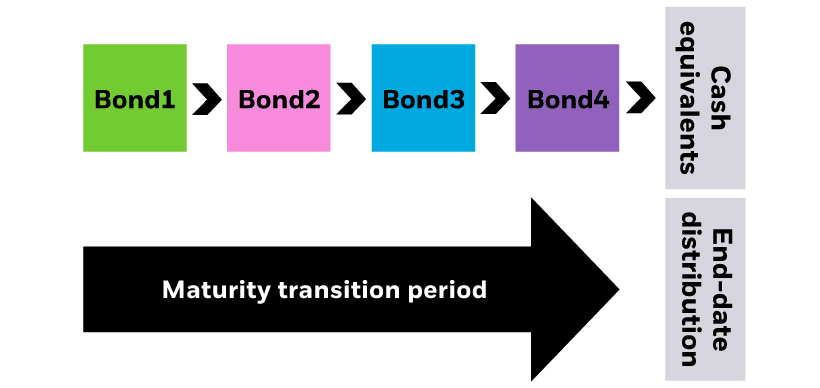An individual investor, also known as a retail client, is a client organisation or individual who cannot meet both:
(i) one or more of the professional client criteria laid down in Annex II to the Markets in Financial Instruments Directive (Directive 2004/39/EC); and
(ii) one or more of the qualified investor criteria set out in Article 2 of the Prospectus Directive (Directive 2003/71/EC).
On this website, Intermediaries are investors that qualify as both a Professional Client and a Qualified Investor.
In summary a person who can both be classified as a professional client under the Markets in Financial Instruments Directive and a qualified investor in accordance with the Prospectus Directive will generally need to meet one or more of the following requirements:
(1) An entity required to be authorised or regulated to operate in the financial markets. The following list includes all authorised entities carrying out the characteristic activities of the entities mentioned, whether authorised by an EEA State or a third country and whether or not authorised by reference to a directive:
(a) a credit institution;
(b) an investment firm;
(c) any other authorised or regulated financial institution;
(d) an insurance company;
(e) a collective investment scheme or the management company of such a scheme;
(f) a pension fund or the management company of a pension fund;
(g) a commodity or commodity derivatives dealer;
(h) a local;
(i) any other intermediaries investor.
(2) a large undertaking that meets two of the following tests:
(i) a balance sheet total of EUR 43,000,000;
(ii) an annual net turnover of EUR 50,000,000;
(iii) an average number of employees during the year of 250.
(3) a national or regional government, a public body that manages public debt, a central bank, an international or supranational intermediaries (such as the World Bank, the IMF, the ECB, the EIB) or another similar international organisation.
(4) a natural person resident in an EEA State that permits the authorisation of natural persons as qualified investors, who expressly asks to be treated as a professional client and a qualified investor and who meets at least two of the following criteria:
(i) he/she has carried out transactions on securities markets at an average frequency of, at least, 10 per quarter over the previous four quarters before the application;
(ii) the size of his/her financial instrument portfolio, defined as including cash deposits and financial instruments exceeds EUR 500.000;
(iii) he/she works or has worked for at least one year in the financial sector in a professional position which requires knowledge of securities investment.
Please note that the above summary is provided for information purposes only. If you are uncertain as to whether you can both be classified as a professional client under the Markets in Financial Instruments Directive and classed as a qualified investor under the Prospectus Directive then you should seek independent advice.







